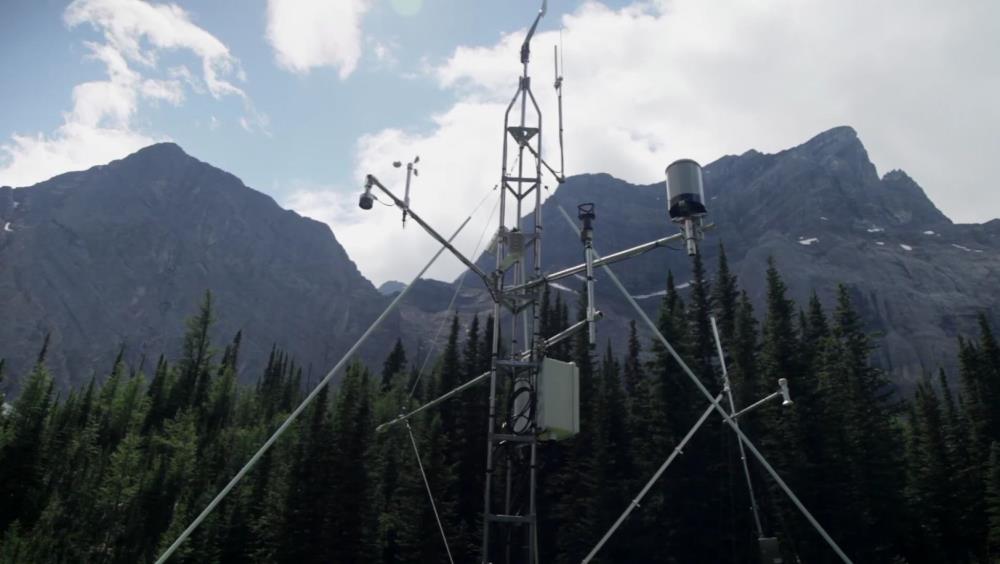
Related items loading ...
Section 1: Publication
Publication Type
Technical Report
Authorship
Aygun O., Elshamy M., Pietroniro A., Pomeroy J.W.
Title
Yukon River Basin Streamflow Forecasting System - Vector-Based MESH Model Setup for Yukon River Basin Centre for Hydrology - Report #16 - Supplement #1
Year
2022
Publication Outlet
University of Saskatchewan
DOI
ISBN
ISSN
Citation
Aygun O., Elshamy M., Pietroniro A., Pomeroy J.W. (2022). Yukon River Basin Streamflow Forecasting System - Vector-Based MESH Model Setup for Yukon River Basin Centre for Hydrology - Report #16 - Supplement #1. University of Saskatchewan
Abstract
The Yukon River Basin the second largest river in the Arctic region of North America and is shared between
Canada and the US. The Canadian part covers almost half of the Yukon Territory in addition to a small
portion of the province of British Columbia, while the US part falls totally within the state of Alaska. This
study is concerned with Canadian part of the Yukon River with its outlet at Eagle, Alaska - just downstream
of the international boundary (288,000 km2). The southern part of the Yukon River basin is characterized
by extensive icefields and snowfields at high elevations (up to 4700 m above sea level) with steep slopes,
and thus generates considerable runoff. There are also mountain ranges on the eastern and northern
boundaries of the basin, while the western areas are milder in slope and partially forested. Snow
redistribution by wind, snowmelt, glacier melt and frozen soil processes in winter and spring along with
summertime rainfall-runoff and evapotranspiration processes are thus key to the simulation of
streamflow in the basin.
This supplement shows the development of a vector-based MESH setup for the Canadian portion of the
Yukon River Basin at Eagle. Without additional calibration, the vector-based model performance was
compared to the previously generated grid-based MESH model whose development was documented in
Centre for Hydrology Report #16. MESH was driven by the Environment and Climate Change Canada
Global Multiscale Model (GEM) weather model forecasts with precipitation replaced with the Canadian
Precipitation Analysis (CaPA) which assimilates local precipitation observations where they exist,
collectively referred to as GEM-CaPA. Additionally, the models were run, without additional calibration
using the newly developed Regional Deterministic Reforecast System v2 (RDRS v2) forcing. RDRS v2 forcing
is being extended as a hindcast by ECCC to approx. 1980 and so will permit 40 year runs of MESH from
which streamflow exceedance return periods can be calculated. Model performance was slightly inferior
for the vector-based setup compared to the original grid-based one. This may be due to the full calibration
applied to the grid-based model and parameter transfer to the vector-based model without recalibration.
Model performance also deteriorated when the RDRS v2 was used as forcing data, as the model was
originally calibrated to GEM-CaPA. It is expected that model performance will improve once it is fully
calibrated using the RDRS v2 forcing data.
Plain Language Summary


 GWFNet
GWFNet Master
Master Data
Data Research
Research Map
Map
 Advanced
Advanced Tools
Tools
 . . .
. . .
 Metadata Editor
Metadata Editor
 Record List
Record List
 Alias List Editor
Alias List Editor
 Legacy sites
Legacy sites